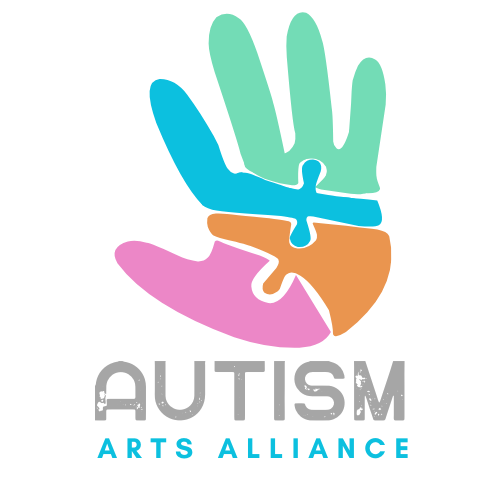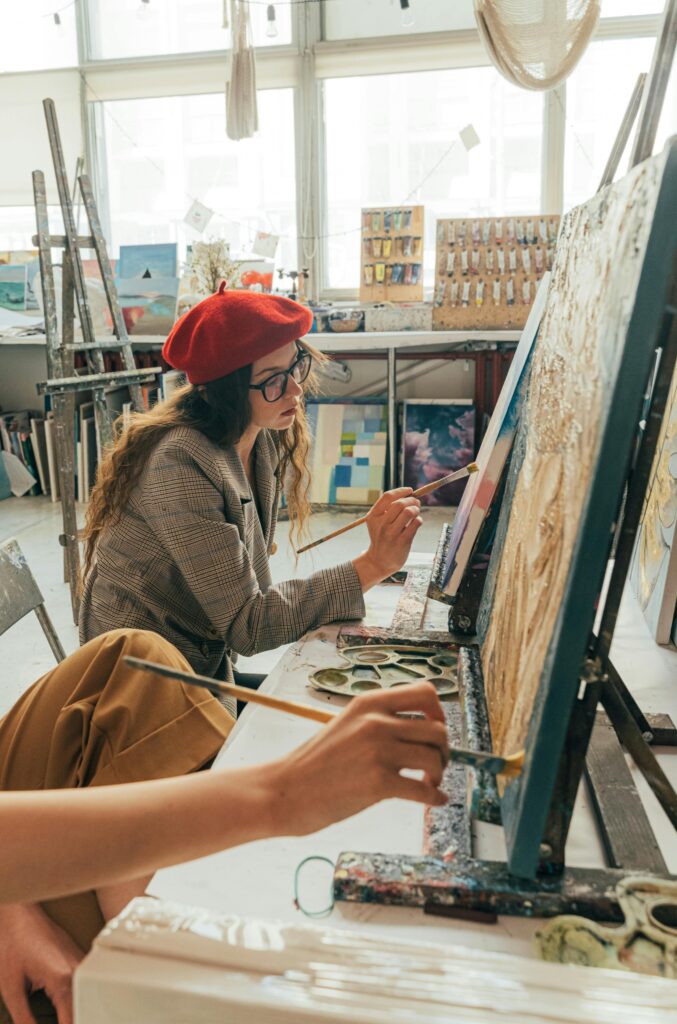Art is often seen as something decorative, expressive, or even purely academic. But for individuals with autism, art is so much more. It can be a form of therapy, a bridge to communication, a calming ritual, and a safe space for self-discovery.
The act of creating—painting, sculpting, drawing, crafting—offers not just joy, but deep, meaningful healing.
Why Art Works for People with Autism
Autism is a spectrum, and no two individuals experience it the same way. But many share challenges around verbal communication, sensory processing, and emotional regulation. This is where art gently steps in—not demanding words or conformity, but offering freedom, flexibility, and feeling.
Here’s how creating art helps:
1. Nonverbal Expression
For someone who struggles with words, art becomes a powerful alternative. Through color, shape, and texture, individuals with autism can express thoughts, feelings, and stories that might otherwise remain locked inside.
A red streak across the canvas might speak louder than a hundred words of frustration. A soft watercolor wash might reveal a sense of peace.
2. Emotional Regulation
The repetitive motion of painting, the focus of drawing, or the tactile joy of working with clay can soothe the nervous system. Art becomes a meditative experience—a space to breathe, release, and reset.
Many people on the spectrum find that structured creativity (like step-by-step art activities) helps reduce anxiety and brings a comforting sense of control.
3. Sensory Engagement
Art can help individuals safely explore textures, colors, and materials. Whether it’s the feel of a paintbrush, the softness of pastels, or the grainy feel of clay—art lets them engage with their senses in a positive, enjoyable way.
It also allows for self-paced exploration, where each person can control their level of stimulation.
4. Confidence & Independence
There’s an unmatched pride in creating something from nothing. For individuals with autism—especially those who have struggled to fit into conventional systems—art is a space where they can shine.
Completing an art project fosters:
-
A sense of accomplishment
-
Improved focus and fine motor skills
-
Stronger self-esteem and identity
5. Connection Without Pressure
In a group art setting, social interaction happens organically, without the pressure of direct conversation. Working side by side with others, sharing materials, or simply showing your artwork can build confidence and foster meaningful, low-stress connections.
Stories from the Studio
We’ve seen it happen firsthand:
-
A nonverbal child begins to tell their story through comics.
-
A teenager with sensory sensitivities finds peace in sculpture.
-
An adult who’s struggled with anxiety rediscovers joy through watercolor painting.
These aren’t isolated experiences—they’re daily reminders of the transformative power of art.
The Science Behind It
Art therapy is increasingly recognized by psychologists, educators, and occupational therapists as an effective tool for people on the autism spectrum. Studies have shown that creative activities:
-
Reduce stress
-
Enhance communication skills
-
Improve social behavior
-
Support cognitive development
But beyond the data, the truth is simple: art feels good. And that feeling is healing.
Final Thought: A Space to Be Fully Seen
For many individuals with autism, the world can feel overwhelming, confusing, or unwelcoming. But in art, they find something rare: a space that meets them exactly where they are.
No expectations. No judgment. Just freedom, color, texture, and truth.
At our Autism Art School, we’re not just teaching techniques—we’re opening doors. We’re helping artists of all ages and abilities discover their voice, their peace, and their joy.
Because when we give someone the tools to create, we’re not just making art. We’re making connection, healing, and hope.

